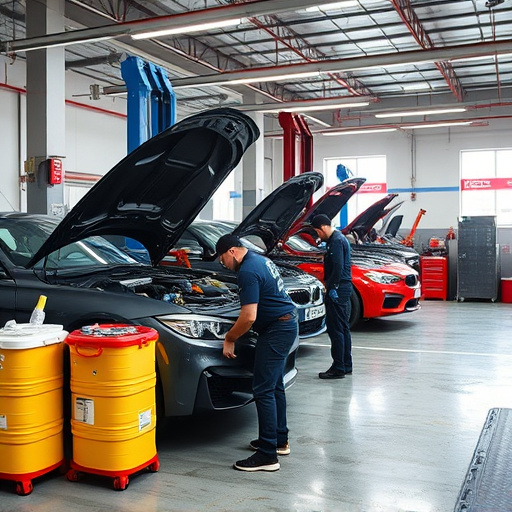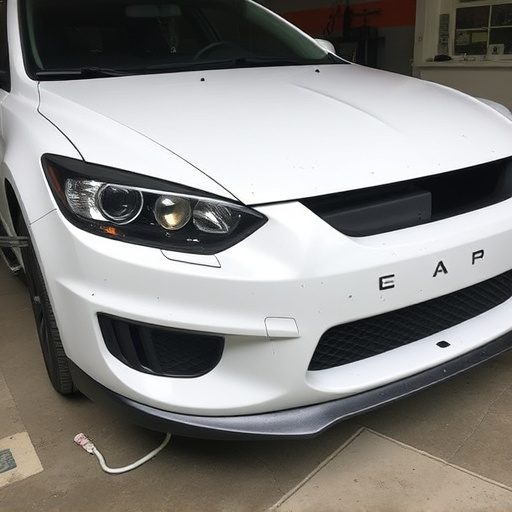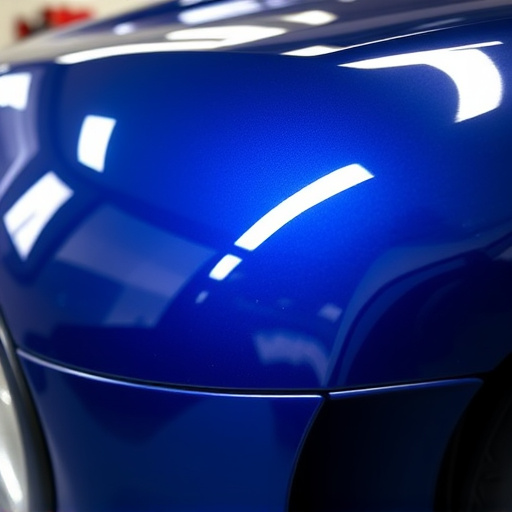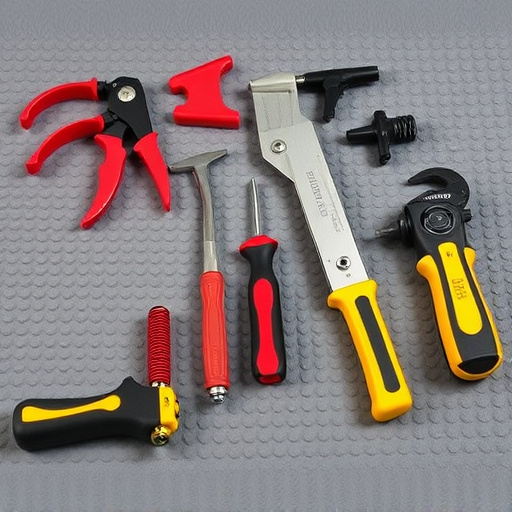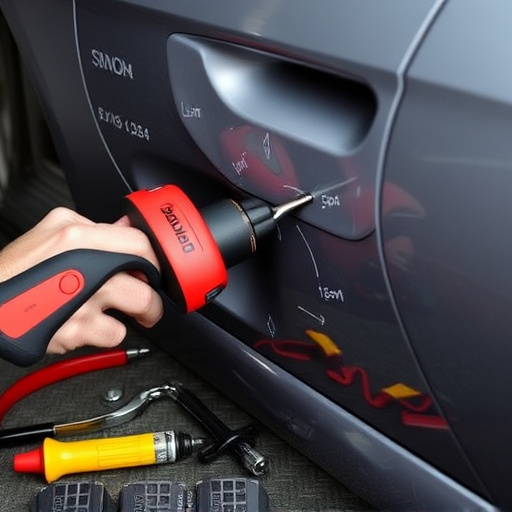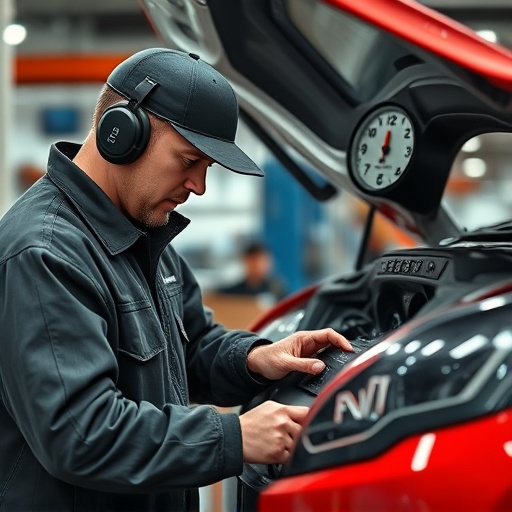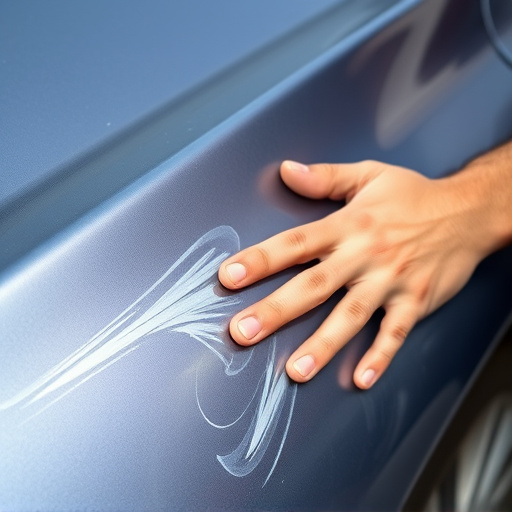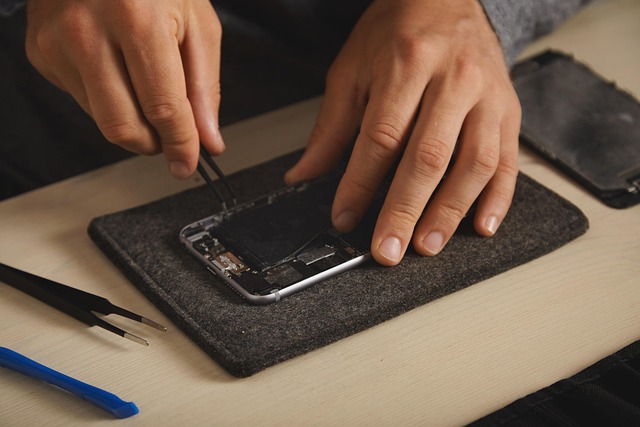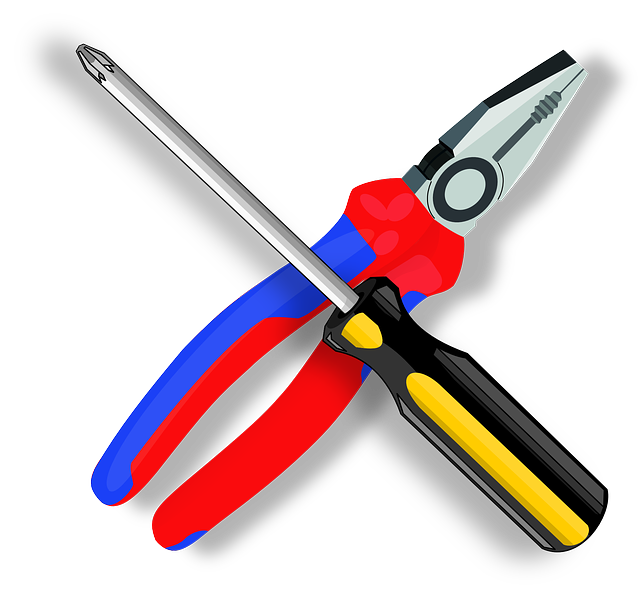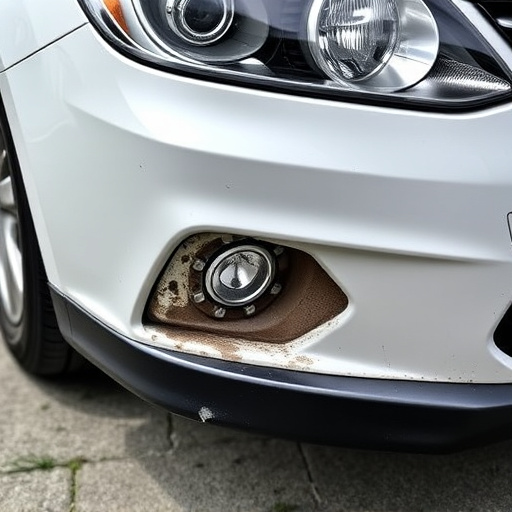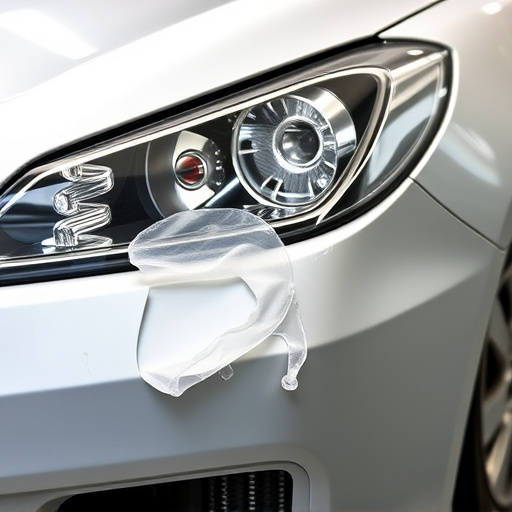ADAS Recalibration Glass is a crucial component in modern vehicles' Advanced Driver-Assistance Systems (ADAS), ensuring optimal sensor performance and safety. After bodywork or repair, this specialized glass enables precise realignments of cameras and sensors, enhancing critical features like lane departure warnings, adaptive cruise control, and forward collision avoidance. Regular recalibration using ADAS Recalibration Glass benefits auto repair services by enabling more accurate repairs, thereby improving vehicle safety, efficiency, and resale value.
“The advent of Advanced Driver Assistance Systems (ADAS) has transformed modern driving, enhancing safety and efficiency. Among its critical components is ADAS recalibration glass, a technological marvel designed for precise visual correction. This innovative material plays a pivotal role in realigning driver perspectives, ensuring optimal system performance. By enabling accurate sensor calibration, ADAS recalibration glass contributes to improved lane departure warnings, adaptive cruise control, and collision avoidance systems. This article explores the science behind this technology and its profound effects on driving dynamics.”
- Understanding ADAS Recalibration Glass: A Key Component in Visual Correction
- How ADAS Recalibration Glass Works: Technology and Its Benefits
- The Impact of ADAS Recalibration Glass on Driving Safety and Efficiency
Understanding ADAS Recalibration Glass: A Key Component in Visual Correction

ADAS Recalibration Glass plays a pivotal role in modern automotive visual correction and safety systems. It’s more than just a regular window component; it’s a crucial element in Advanced Driver Assistance Systems (ADAS). These systems, found in many contemporary vehicles, rely on precise cameras and sensors to enhance driver awareness and assist in various driving tasks. However, these components require periodic recalibration for optimal performance, and this is where ADAS Recalibration Glass steps in.
When a vehicle undergoes auto bodywork or fender repair due to car damage repair, the alignment and positioning of sensors can shift slightly. This disruption can impact the accuracy of ADAS features like lane departure warning, adaptive cruise control, and forward collision avoidance. ADAS Recalibration Glass is designed to address these issues by providing a clear, precise surface for recalibrating sensors. By ensuring the glass is free from defects or distortion, it allows for accurate realignments, thereby enhancing vehicle safety and the effectiveness of its assistance systems.
How ADAS Recalibration Glass Works: Technology and Its Benefits

ADAS Recalibration Glass is an innovative technology designed to enhance and optimize Advanced Driver-Assistance Systems (ADAS) in vehicles. This glass plays a pivotal role in visual correction, ensuring that the sensors and cameras integrated into modern cars can accurately perceive their surroundings. The process works by recalibrating the ADAS sensors using specialized tools and precise measurements, allowing them to map out the vehicle’s environment more effectively.
The benefits of this technology are multifaceted. Firstly, it improves safety by refining collision avoidance systems, ensuring that vehicles can detect obstacles and react promptly. Secondly, it enhances overall driving experience through better lane-keeping assistance and improved adaptive cruise control, making long drives smoother and less stressful. Moreover, regular ADAS recalibration is crucial for maintaining the optimal performance of auto dent repair and frame repair services, as well as auto detailing, by keeping sensors precise, thereby facilitating more accurate repairs and finishes.
The Impact of ADAS Recalibration Glass on Driving Safety and Efficiency
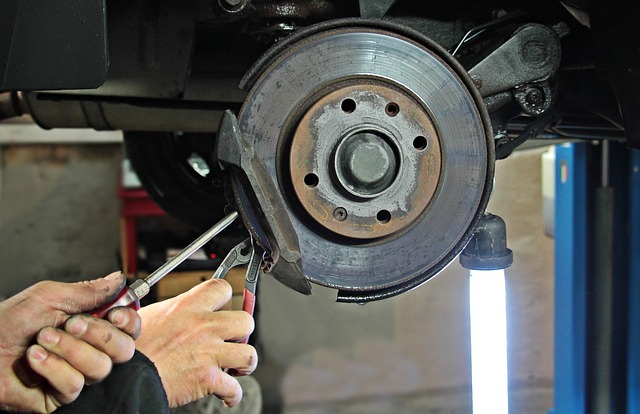
The integration of ADAS recalibration glass into modern vehicles has significantly enhanced driving safety and efficiency. This advanced technology is designed to correct and optimize the performance of Automatic Driver Assistance Systems (ADAS), ensuring they function accurately and effectively. By enabling precise calibration, this specialized glass plays a pivotal role in improving the overall reliability of features like adaptive cruise control, lane-keeping assist, and forward collision warning. These systems, when properly calibrated, can reduce human error, prevent accidents, and foster a safer driving environment.
Moreover, ADAS recalibration glass contributes to enhanced vehicle performance and reduced maintenance costs. Regular calibration ensures that these advanced driver assistance systems operate in harmony with the car’s sensor technology, optimizing its overall efficiency. This not only prevents minor issues from escalating into costly repairs but also supports the preservation of a vehicle’s resale value through minimal damage and efficient operation. In essence, adopting ADAS recalibration glass is a proactive approach to maintaining both the safety and longevity of modern automobiles.
ADAS recalibration glass is a revolutionary advancement in visual correction technology, significantly enhancing driving safety and efficiency. By accurately recalibrating the sensors of Advanced Driver-Assistance Systems (ADAS), this specialized glass mitigates distortion, ensuring optimal performance. This innovation not only improves the accuracy of features like lane departure warning and adaptive cruise control but also contributes to a more secure and seamless driving experience. Incorporating ADAS recalibration glass is a game-changer in the automotive industry, offering both functional benefits and peace of mind for drivers.
